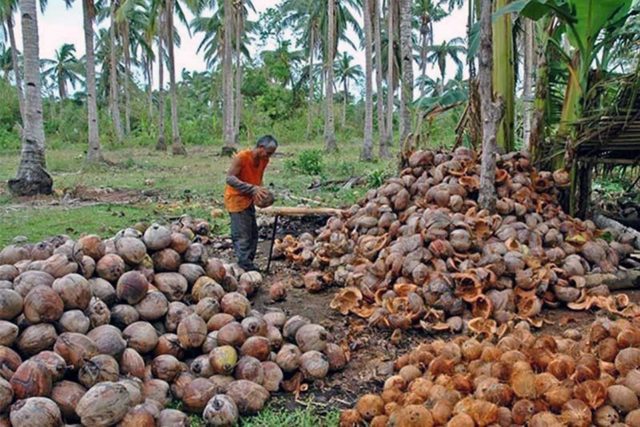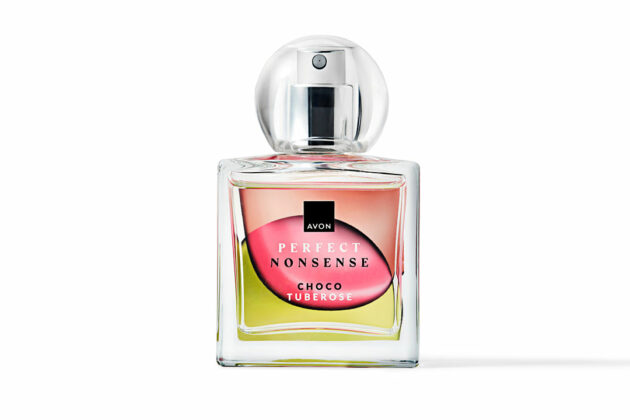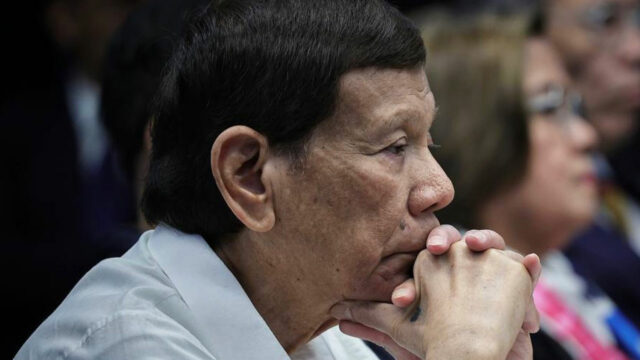Coconut exports deemed priority over biofuel — Axelum
By Kyle Aristophere T. Atienza, Reporter
COCONUT product exports and domestic demand must take precedence before the government raises the coco-methyl ester (CME) content of biodiesel by 1 percentage point, Axelum Resources Corp. said.
“The proposed deferral (of the hike in the CME content of biodiesel) will certainly ease the current supply constraints, allow the industry to catch up with rising global demand, and normalize supply and stabilize prices sooner than later,” Axelum Vice-President and Investor Relations Officer Paul C. Cheah told BusinessWorld.
The Philippine Coconut Authority (PCA) has said that the National Biofuels Board (NBB) is considering the suspension of the increase in CME content of biodiesel scheduled for October.
PCA Laboratory Services Division Chief Celia M. Raquepo last week said the Board is considering the “inflationary” impact of the scheduled increase in CME blend to 4%, citing high copra prices.
She described the supply of coconuts as sufficient, though price of copra is increasing, she noted. “So, the CME price will also increase.”
As of June 3, copra prices rose to about P80 per kilo, more than quadruple the price from a year earlier.
Mr. Cheah said nut prices are currently softening at least for the short-term due to favorable climate conditions, “particularly in the past few months as we approach the historically peak harvest season.”
He noted that prolonged dry weather and consecutive typhoons in the previous year were the main drivers of record nut prices.
The Biofuels Act of 2006 requires all liquid fuel to contain a set proportion of biofuel. The blend rose to 3% in October 2024, from 2% previously. It’s set to further increase to 4% in October this year.
The Department of Energy has said that increasing the blend will “decrease dependence on imported fuels, reduce greenhouse gas emissions, and bolster the local biodiesel and bioethanol sectors.”
The NBB’s proposal is subject to the approval of the energy secretary, who chairs the board. President Ferdinand R. Marcos, Jr. has yet to name the replacement for Raphael P.M. Lotilla, who left the post in late May after being appointed to the Department of Environment and Natural Resources.
“It is difficult to predict a definitive schedule for implementation owing to various uncontrollable factors that influence supply,” Mr. Cheah said.
“In our view, the most appropriate time to enact this measure is when domestic supply is able to sustainably cater to both local and export requirements,” he added.
Ms. Raquepo of the PCA said last week that the export of coconut oil this year could raise more this year than the record $2.22 billion in revenue posted in 2024, due to rising global demand and increasing world prices.
The average price of coconut oil surged to an all-time high of $2,742 per metric ton (MT) in May, according to the World Bank.
“From a broader perspective, we must prioritize accelerating the implementation of our nationwide replanting program to replace aging trees and improve overall productivity,” Mr. Cheah said.
“The recent capacity expansions of local manufacturers and entry of foreign players is expected to further intensify competition for nuts in the long run,” he added.
The PCA last week said the coconut industry is dealing with two infestations, including coconut scale insect or cocolisap.
Cocolisap had spread to 516,962 trees as of May 30, a situation that the agency said was manageable.
But PCA Deputy Administrator Roel Rosales forecast the potential loss of 14 million nuts due to the cocolisap spread, equivalent to about P280 million.
Aside from cocolisap, the PCA is also dealing with the coconut spike moth, which was detected in over 20,000 trees in the Calabarzon region.
The PCA has allocated P94 million to deal with pest infestations, P60 million of which was to contain cocolisap.



















